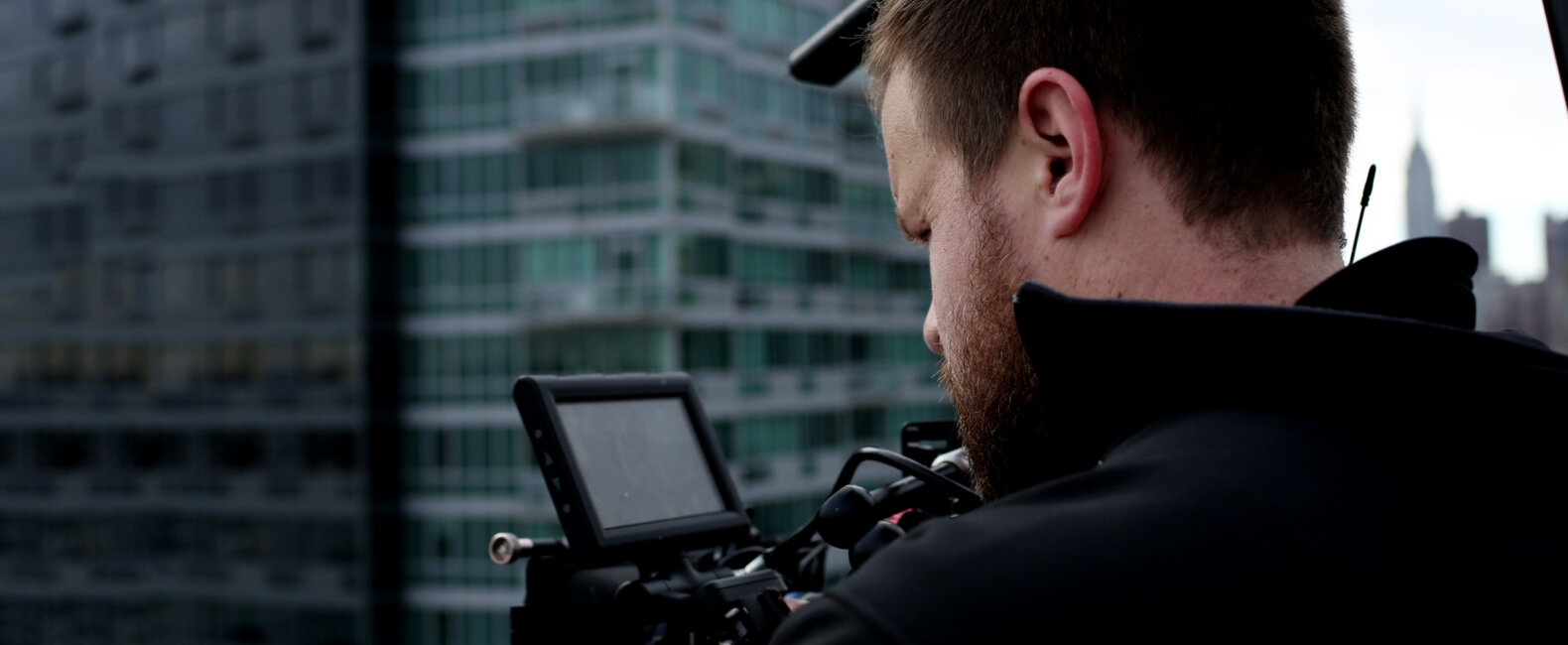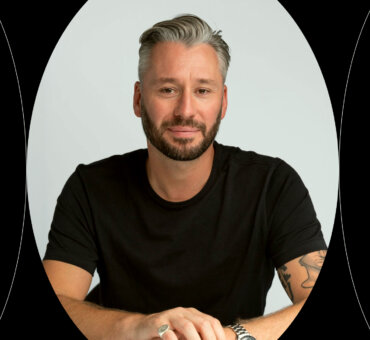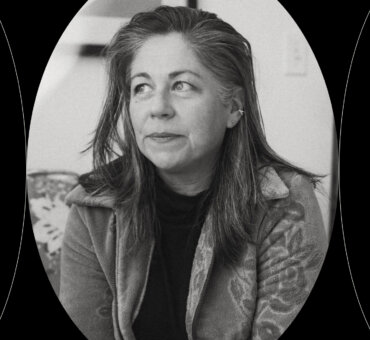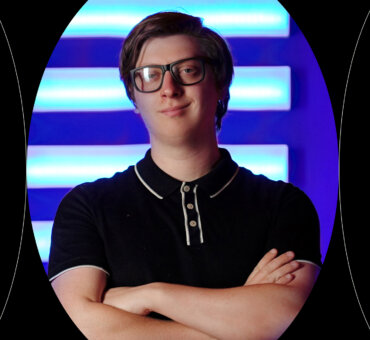“On your way to wonderful, you’re gonna have to pass through all right,” Bill Withers warns filmmaker Damani Baker in his documentary Still Bill. “And when you get to all right, take a good look around and get used to it, because that may be as far as you’re gonna go.” In other words, it’s very hard to be great. And very few people get there.
The strange thing about great is how close it is to good. Much closer than good is to bad. The difference between first place and last place in the men’s 100m sprint during the 2016 Summer Olympics (i.e., the difference between Usain Bolt and some guy you’ve never heard of) was just one-fourth of a second. That’s about how long it takes you to blink your eyes.
This same curve applies to creativity. It’s relatively easy to become a 90% great filmmaker. To make a 90% great film. But it’s a whole different thing to push yourself to 93% great… 95% great. (We’re not even going to pretend that 98% great and above is on the table.)
Over the past year, we’ve talked to a few filmmakers about how they push themselves, and their work, to that elusive next level. Here’s what we learned.

The first step toward creating great work is to stop being satisfied with creating good work.
1. BE VERY LEERY OF BEING GOOD
“Good is the enemy of great,” Jim Collins writes in his aptly titled book, Good to Great.“We don’t have great schools, principally because we have good schools. We don’t have great government, principally because we have good government. Few people attain great lives, in large part because it’s just so easy to settle for a good life.”
Add to this list: We don’t make great films because it’s so easy to settle for making good ones.
The first step toward creating great work is to stop being satisfied with creating good work. It takes some real dissatisfaction to drive a person toward greatness. Otherwise, why bother? You might even call it a character flaw. But the arduous, confusing journey between goodness and greatness is far too difficult for anyone who doesn’t have the proper internal motivation. Be warned: It’s not enough to want to do great work. You have to need to do it.

2. GET OBSESSED
Greatness is born from obsession. It’s hard to imagine anything great was created flippantly. When people consistently do great work, it’s often powered by their ability to become entirely wrapped up in their project, to obsess over every detail — not because that’s what they’re supposed to do, but because they can’t help it.
Diego Contreras is a filmmaker prone to obsession. He regularly pulls multiple all-nighters as he perfects the iconic (and often emulated) treatments that have skyrocketed him from agency creative to in-demand commercial director. Here is how Diego takes his work from good to great.
Diego Contreras: “I read my treatments hundreds of times. And as I’m reading, I’m always trying to figure out how I can make things different, make things funny or quirky or more my own. I go shot by shot, imagining how I can twist things in a different way. I try to bring a little bit of myself into the piece, and usually that means exploring fun ideas that I can drop in there. I also try very hard to make it all feel real. I ask a lot of questions and find out a lot of intricate, quirky things about people that I can bring into the piece. If I’m working with monks, I spend days looking at Google and Flickr photos to see what they do that’s unexpected. You think of monks as being very religious, but then you find all these photos of them playing soccer. I try to find things like that: things that are real but unexpected.”
You can see his obsession in his work. Every detail is purposeful and loaded with meaning, from the props to the set design to the story itself.
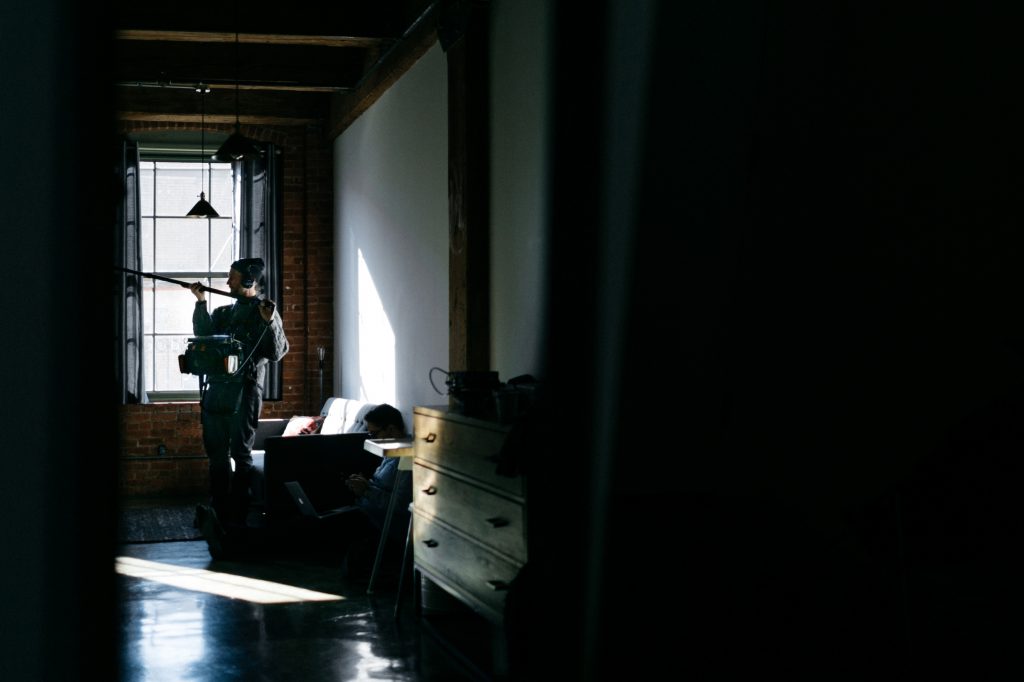
It’s one thing to talk about not settling. It’s another thing to not settle.
3. STAY VIGILANT
It’s one thing to talk about not settling. It’s another thing to not settle. You’re 90% finished with a project, and everyone is ready to be done with it. You’re ready to be done with it. It would be so much easier to move on to your next project in hopes that it will, somehow, be effortlessly great, rather than sticking with the project you’re working on now — making it great. Dallas Taylor, founder of Defacto Sound, has worked closely with some of the most high-caliber production companies in the world. He has seen firsthand how they refuse to settle for okay. Here is Dallas Taylor’s insight into the perfectionism that drives the iconic Brooklyn production studio Variable.
Dallas Taylor: “Variable prides themselves on those last few subjective percentages. I have no doubt they would still get accolades if their product were at 95% in their minds. I see a lot of their ‘rough cuts,’ and I think they’re fantastic and beautiful. But that last 1% to 5% is all about them satisfying their own creative needs, making sure they’ve done everything they possibly could to make the piece great. When you’re working with them, you never assume a piece is done. We do our very best work, and they’re still going to challenge it because they want to stretch it, pull it, prod it, see what other little things might be hidden in the cracks. Through that process of going back and forth, we discover hidden nooks and crannies that make the work so much better. It’s not a matter of right and wrong. It’s about finding what else there is and what feels right to you. You do that 20 times, and you’ve jumped up a percentage level.”
Film is a ridiculously collaborative medium. If you want to create something great, you have to push not only yourself, but your collaborators too. Don’t be shy. They might just love you for it.

4. FEED YOUR DRIVE
All creativity requires a mustard seed of faith. There usually comes a point where it seems like things just aren’t going to work out. That’s true from project to project, and it’s true for careers as a whole. To create great work — to become a great artist — means constantly feeding your drive and fighting against discouragement.
In this quote, an excerpt from our documentary MAKE, photographer Miller Mobley talks about rubbing up against his limits — and continuing past them anyway.
Miller Mobley: “I spent a lot of time seeing the work of photographers I was inspired by, but I personally couldn’t create that level of work yet. I couldn’t get there. There are so many factors: lighting, production value, location, talent. I started realizing just how much goes into a photo shoot besides you, the camera, and the subject. So how do you close that gap? You keep shooting.
“In the beginning you’re making these huge chops at your work. You’re swinging an axe and making huge progress with everything you learn. But as you continue on, it comes down to these small little tweaks. You can have the biggest budget, the best gear, the best lighting, perfect set design; but the thing that’s going to make a photograph special is your ability to make tiny tweaks and adjustments that will make a picture pop. The source light can be anything, but only you have the ability to make your subtle tweaks.
“A lot of times you’re the only person who knows if you’ve pushed a photograph far enough. It might look awesome to everyone else; but you know that if you’d just tweaked these few little things, you could have pushed it over the edge. And that’s when it starts getting fun. When you stop comparing yourself to other people and you start comparing yourself to you. Your new work to your old work. And you know there are small little adjustments you can make to satisfy yourself.”
Don’t discourage yourself by comparing your work to others’. And don’t stunt your growth by accepting someone else’s “good enough” as your own. You’re the only one in the room who knows when your work is done. When you’ve pushed it far enough. When you’ve done everything you can do. Trust yourself.
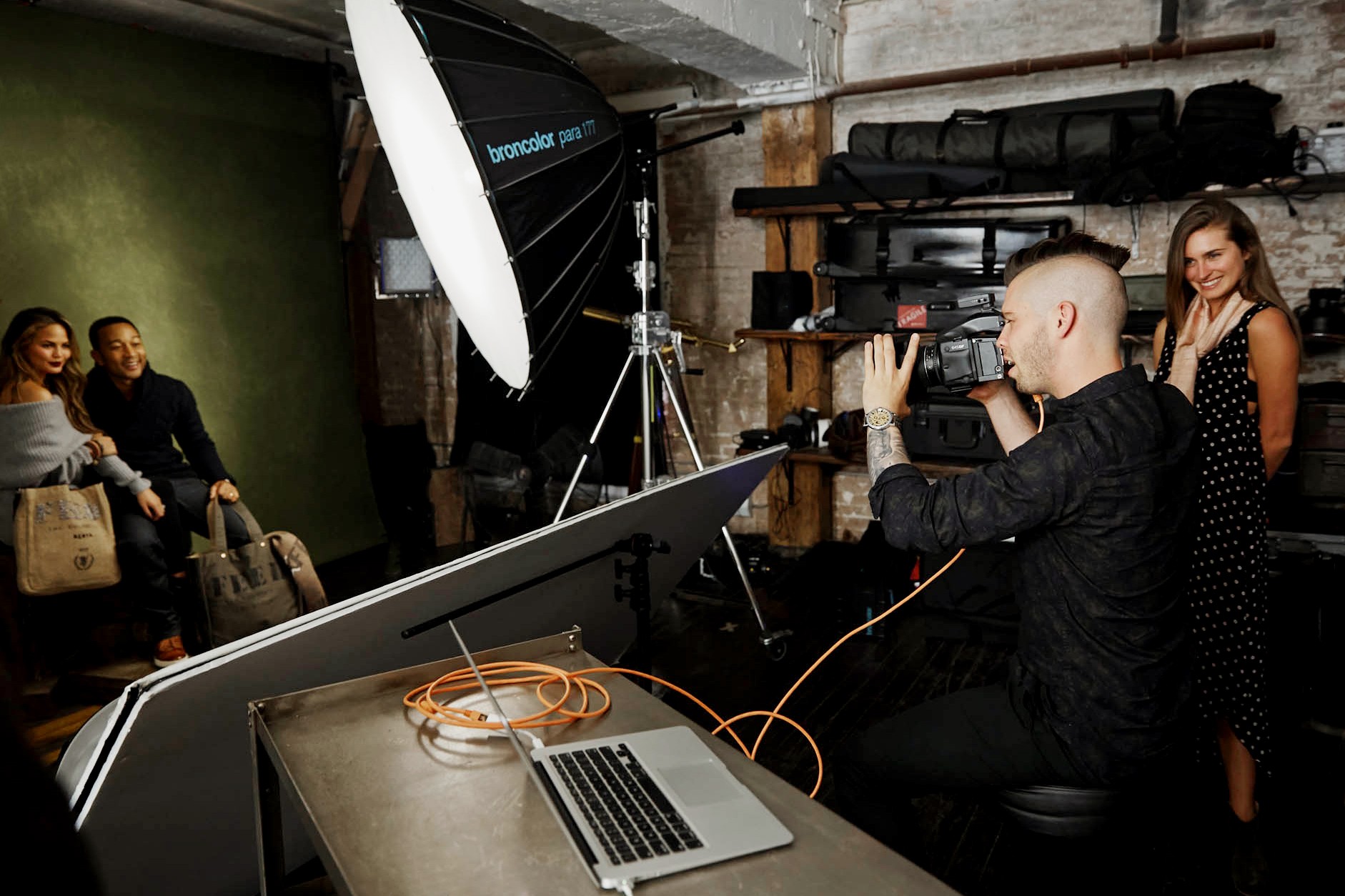
If you want to create great work, then you have to commit to the long, slow process of becoming great yourself.
5. BE PATIENT
We all have our limits. And once we get past our initial learning curve, there’s only one way to push those limits: slowly. Often it feels like we’re barely crawling along. And sometimes it even feels like we’re going backward. Don’t panic. Filmmaking is a game of stamina. Clint Eastwood didn’t win his Oscar for Best Director until he was 62 years old. If you want to create great work, then you have to commit to the long, slow process of becoming great yourself. Photographer/Filmmaker Joey L explains:
Joey L: “Let’s talk about percentages. You can go from 1% to 80% quality in, let’s say, five years of work. You’re getting your technical knowledge down. The math and science part. Almost all photographers have that same baseline technical knowledge. But after that, you have to learn good taste. You have to learn to approach an image holistically. That’s what I mean by going from 80% to 100%. It’s a huge gap, but that’s what makes a photographer really, really good. The photographers I admire see further. And it comes down to those subtle nuances that are so much harder to comprehend. Retouching is so subtle that a new photographer would be like, ‘Why are you wasting so much time on this?’ Or moving a light an inch to the left. It can take another 10 years, another 20 years to get there. Going from 1% to 80% is quite easy. Going from 80% to 100%, that’s tricky.”
Wherever you are on your journey between 0% and 100%, keep going. Good isn’t all it’s cracked up to be. Besides, we’ve got plenty of good, but there is a serious lack of great. And if we’re not shooting for great here… then what’s the point?















































































